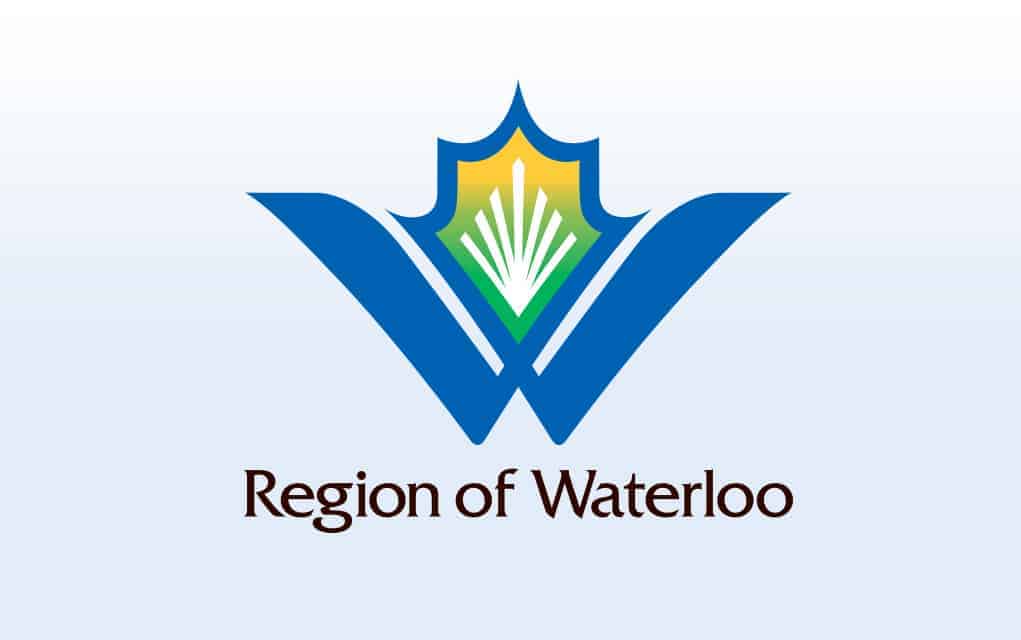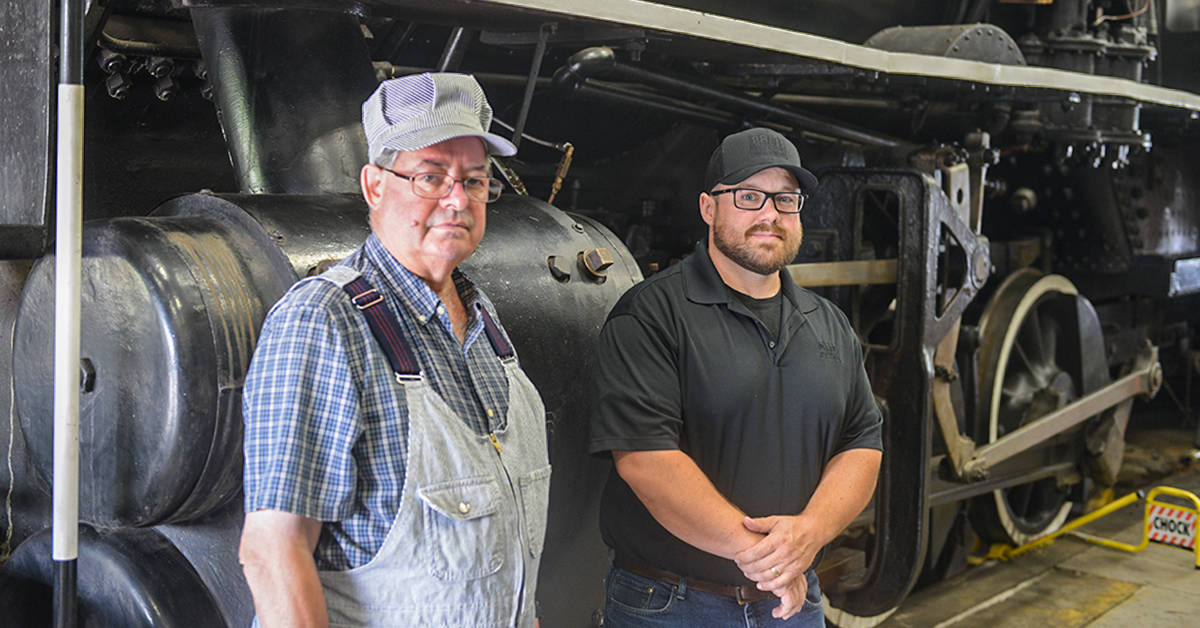The severe weather warnings in southern Ontario over the last few weeks may have some people seeking ways to be more prepared. The Region of Waterloo has an app for that. It’s called AlertWR.
AlertWR is a free subscription service to deliver public safety messages in the case of large scale emergencies. The program is a collaboration with the Region of Waterloo, Waterloo Regional Police Service, and local hydro companies to notify people of extreme situations like floods, extreme weather, chemical releases or other major emergencies. It advises people on the actions to take such as sheltering in place or evacuation and how best to do these actions. People in the region can subscribe to the service to be alerted via phone, text or email.
Anyone signed up with a local hydro company is automatically subscribed to receive the alert notifications via phone. Ryan Maeck is an emergency management advisor with the region. He said there are 200,000 households that are already subscribed to AlertWR via the phone associated with their hydro account.
There are also 20,000 people subscribed voluntarily aside from their hydro accounts, he said.
“But in our minds, we want to see the full picture which is just every single household in the region being able to receive these alerts. So our goal is to reach every single person. And we have a good hold on that with all these households getting a call, but we really want people to self-subscribe, so they have that independent choice to go in there, they’re engaged, they can choose what type of alerts they want.”
While acknowledging there is already a national-level alert system in place, Maeck says AlertWR’s strength is its very specific locality.
“We have a national alerting system, Alert Ready, and it sends out notifications to people, forces them to their phones, but it’s not necessarily local-specific. So our biggest goal here was, ‘how do we reach all of our citizens locally in the event of emergencies that really affect them, not just the national level alerts or provincial level alerts that they do get.’”
The service was introduced in March 2019. Maeck says one example of its success is warning people of incoming floods, for example last fall the Grand River Conservation Authority issued a flood warning for people in the Tannery Street area in the town of Ayr. The AlertWR app was used to notify the people living in that neighbourhood specifically, with the wording: “If you receive this message, you are in the warning zone and urged to take all necessary precautions to protect personal safety and property. Please use extreme caution around all bodies of water.”
The trick is to balance how much and when it’s used, says Maeck. It shouldn’t be used too often, as many people want to be left alone except in the most extreme situations.
“We’re very careful not to over-warn and under-warn for these things. For example, we had a tornado watch saying the potential for tornadoes for the area. But our specific area did not get a full alert, full warning that tornadoes have touched down in our region. The message didn’t go out to specific people, but the performance is there when we need it. So when we need to reach a specific neighborhood, we can draw on our system, the map of that neighborhood and get an alert directly to those people in that area.
“A lot of this system is managing expectations of folks, as well. A lot of people want to hear about everything, including a road closure. And then a lot of people really don’t want to be bothered unless there’s a life-safety issue, and we really try and move the system alerts toward that life-safety piece so that we can send out alerts in the event of, ‘Should you be evacuating? Should you shelter in place? Literally an emergency situation for you.’”
Waterloo Regional Police are a partner in the AlertWR app project. Cst. Melissa Quarrie, a public information officer, says that the police always advise people to be prepared for emergency situations.
“When preparing for emergencies, Waterloo Regional Police Service encourages members of the public to know the risks, make a plan and get a kit. Natural hazards vary in severity and knowing what to do is an important part of being prepared,” she said via email.
Quarrie directs people to a publication from the government of Canada called, “Your Emergency Preparedness Guide” that helps people prepare for emergencies and put together an emergency kit for their families.
Maeck says now is the time to pay attention to increasing levels of emergency situations, and this is why the app was created and is now being promoted.
“We’ve all been seeing more and more attention to increasing disasters, increasing emergencies. We’ve got a lot more population, a lot more climate change. These types of things have really been prompting more thought towards what are the best technologies to get messaging out to people as quickly as possible,” he said.









